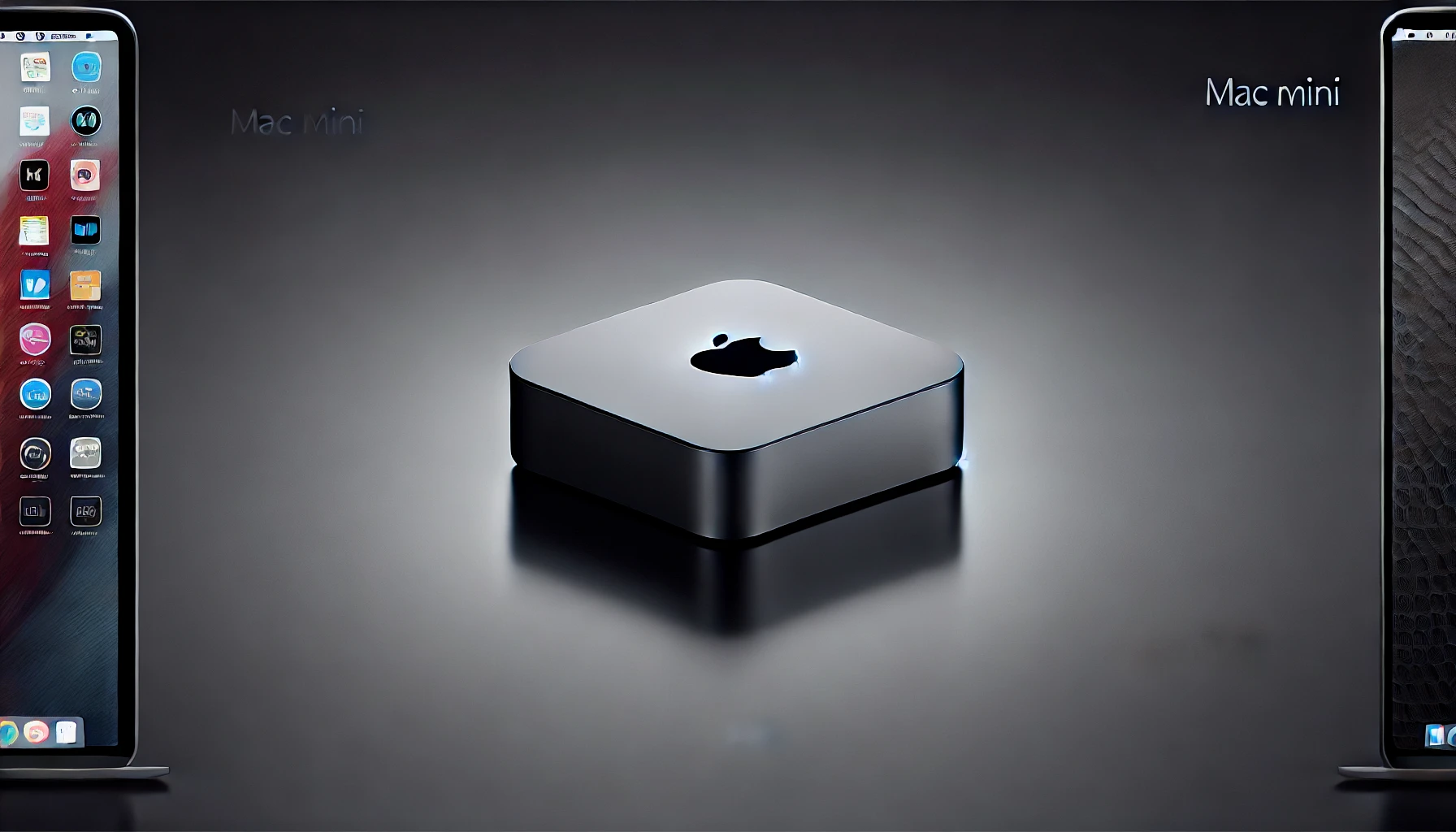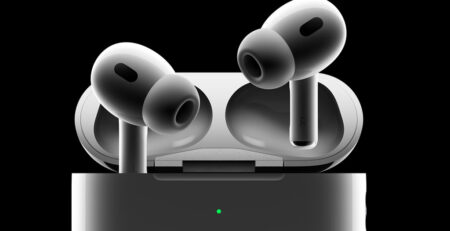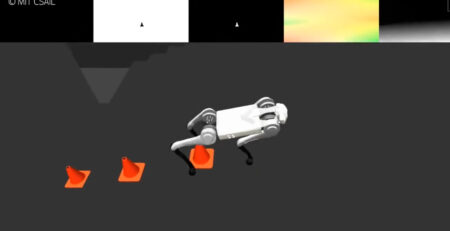The New Mac Mini: Apple’s First Redesign in 14 Years
After more than a decade of staying the same, Apple’s compact powerhouse, the Mac Mini, has finally received a facelift.
Compact and built with an all-new processing core, this desktop redesign brings exciting improvements, from front-facing ports to advanced processing capabilities.
Let’s dive into what’s new for this beloved entry-level desktop.
A Smaller, More Functional Design
Apple’s Mac Mini is known for its minimal footprint, but this time, Apple has taken it a step further with a smaller 5 x 5-inch square design.
Although it’s shorter in width, the Mac Mini has gained a little extra height to accommodate an angled base with vents, allowing for better airflow. This change ensures the Mac Mini’s powerful processing core stays cool without requiring a larger form.
For the first time, Apple has added front-facing ports, making it easier to access essential connections.
These include two USB-C ports and a 3.5-mm headphone jack. At the back, the model sports three Thunderbolt ports (with Thunderbolt 5 USB-C on the M4 Pro model), an HDMI port for high-resolution display support, an Ethernet connection that can be configured up to 10 GB, and a power cable port.
One notable change: the classic USB-A ports are no longer included.
Power-Packed M4 and M4 Pro Chips
The Mac Mini lineup is the first to showcase Apple’s M4 series chips, with two versions: the M4 and the M4 Pro.
The M4 includes a 10-core CPU and GPU, providing a solid boost over its predecessor, the M1, while the M4 Pro goes a step further with up to a 14-core CPU and 20-core GPU, designed for heavy-duty applications like video editing, gaming, and artificial intelligence tasks.
Both versions also feature an enhanced neural engine, three times faster than previous generations, which significantly boosts machine learning capabilities.
This addition complements Apple’s macOS Sequoia 15.1, which introduces Apple Intelligence tools, such as smart replies in Messages, writing tools, and more.
These features integrate seamlessly with the new Mac Mini’s capabilities, making it more efficient at tasks requiring on-device AI.
Designed for High-Performance and Creative Tasks
The Mac Mini’s design isn’t the only thing that got an upgrade. Apple has expanded memory options, starting at 16 GB and configurable up to 32 GB for the M4 and 64 GB for the M4 Pro.
These memory boosts mean that resource-heavy applications can run smoothly, a big plus for content creators, designers, and anyone using applications requiring significant memory resources.
The M4 Pro, geared toward high-performance users, also includes support for accelerated ray tracing—a graphical feature ideal for video games and other visual media.
Coupled with support for multiple external displays (up to three 6K displays at 60 Hz), the Mac Mini is better equipped than ever to handle the demands of creatives and professionals who require multiple high-resolution screens.
A New Chapter for the Mac Mini
Priced at $599, the new Mac Mini is still the perfect fixture for anyone wanting a compact yet powerful desktop computer. It starts shipping on November 8 and is available for preorder now.
While users with an M1 Mac Mini might not need to rush to upgrade, those using older models may find it the perfect time to jump into Apple’s latest and most refined iteration of the Mac Mini.












Leave a Reply